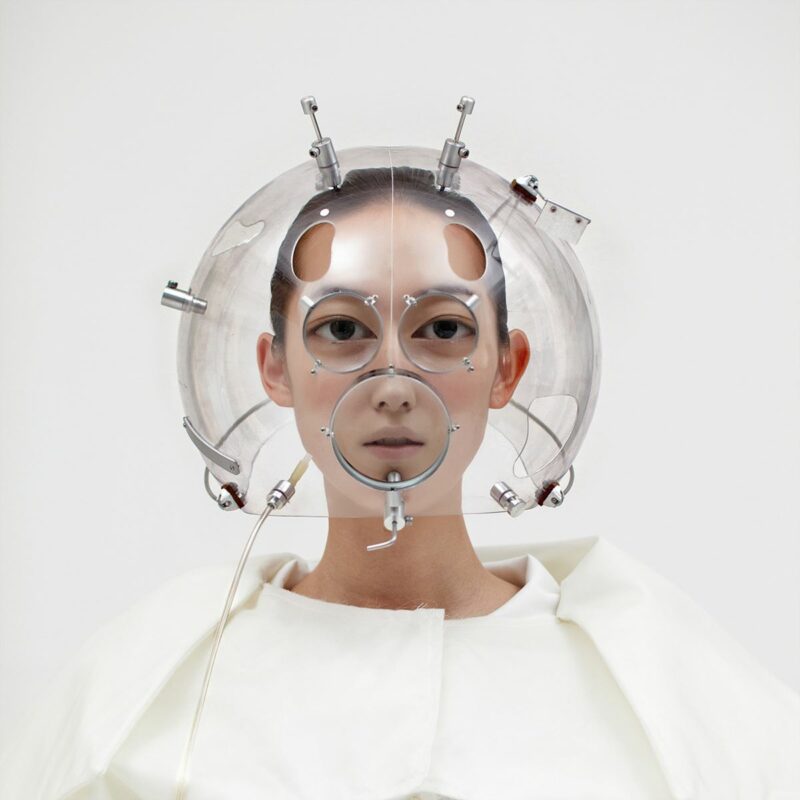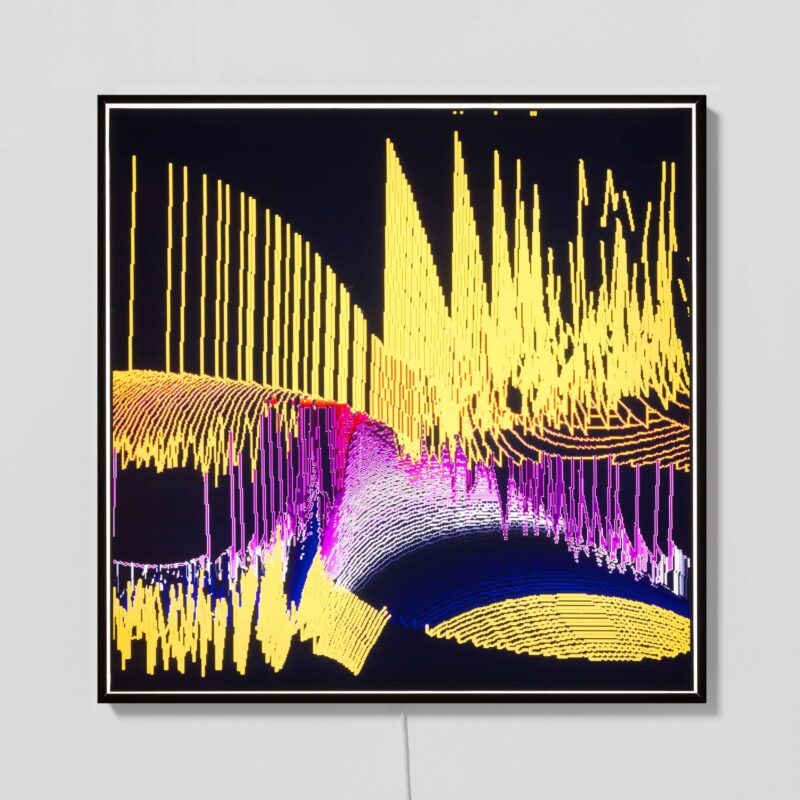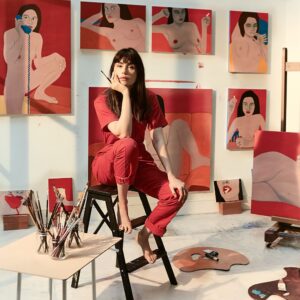Electronic Superhighway is a landmark exhibition that brings together over 100 artworks to show the impact of computer and Internet technologies on artists from the mid-1960s to the present day.
New and rarely seen multimedia works, together with film, painting, sculpture, photography and drawing by over 70 artists feature, including works by Cory Arcangel, Roy Ascott, Jeremy Bailey, Judith Barry, James Bridle, Douglas Coupland, Constant Dullaart, Lynn Hershman Leeson, Vera Molnar, Albert Oehlen, Trevor Paglen, Nam June Paik, Jon Rafman, Hito Steyerl, Ryan Trecartin, Amalia Ulman and Ulla Wiggen.
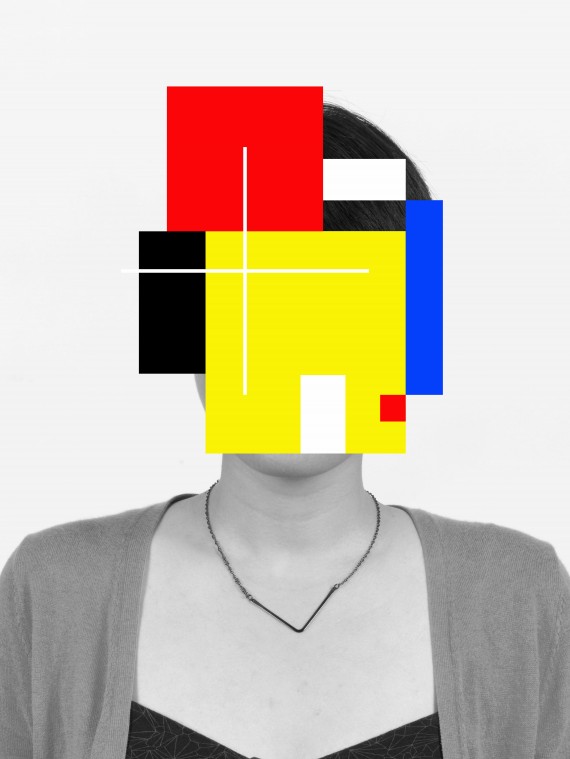
Douglas Coupland Deep Face (2015) Acrylic on B&W photograph, mounted on diabond
The exhibition title Electronic Superhighway is taken from a term coined in 1974 by South Korean video art pioneer Nam June Paik, who foresaw the potential of global connections through technology. Arranged in reverse chronological order, Electronic Superhighway begins with works made between 2000 – 2016, and ends with Experiments in Art and Technology (E.A.T), an iconic, artistic moment that took place in 1966. Spanning 50 years, from 2016 to 1966, key moments in the history of art and the Internet emerge as the exhibition travels back in time.
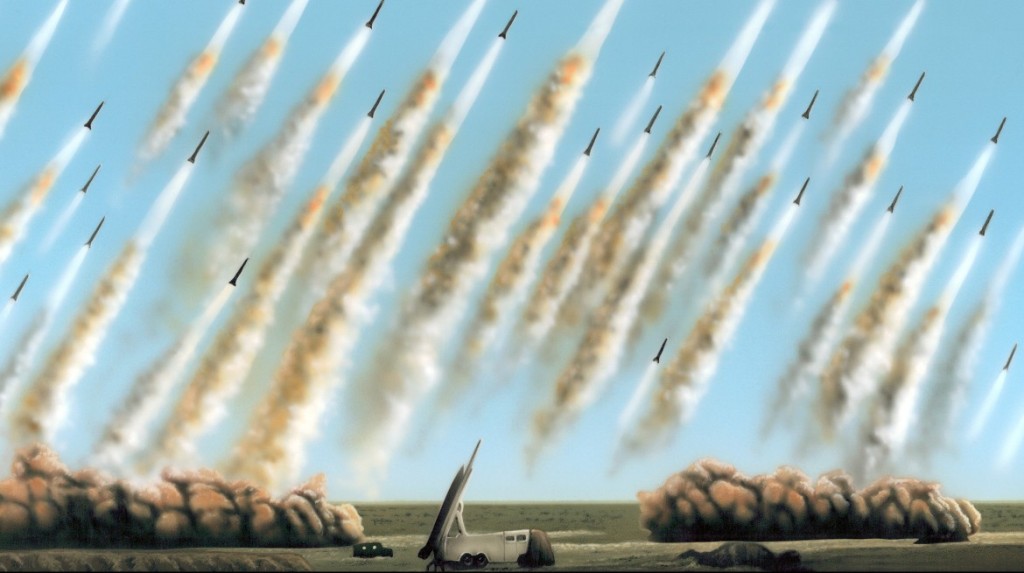
Oliver Laric, Versions (Missile Variations) (2010) Private Collection, London. Image courtesy the artist and Seventeen Gallery, London © Oliver Laric
As the exhibition illustrates, the Internet has provided material for different generations of artists. Oliver Laric’s painting series Versions (Missile Variations) (2010) reflects on issues surrounding digital image manipulation, production, authenticity and circulation. Further highlights include a series of photographs from conceptual artist Amalia Ulman’s four-month Instagram project Excellences & Perfections (2014-2015), which examines the influence of social media on attitudes towards the female body. Miniature paintings by Celia Hempton painted live in chatrooms go on display alongside a large scale digital painting by Albert Oehlen and manipulated camera-less photography by Thomas Ruff.
The dot-com boom, from the late 1990s to early millennium, is examined through work from international artists and collectives such as The Yes Men who combined art and online activism in response to the rapid commercialisation of the web.

Nam June Paik, Internet Dream (1994), video sculpture, 287 x 380 x 80 cm. ZKM | Collection © (2008) ZKM | Center for Art and Media Karlsruhe, Photo: Steffen Harms
Works by Nam June Paik in the exhibition include Internet Dreams (1994), a video-wall of 52 monitors displaying electronically-processed abstract images, and Good Morning, Mr. Orwell (1984). On New Year’s Day 1984 Paik broadcast live and pre-recorded material from artists including John Cage and The Thompson Twins from a series of satellite-linked television studios in New York, West Germany, South Korea and Paris’ Pompidou Centre to an estimated audience of 25 million viewers worldwide. Paik saw the event as a counter response to George Orwell’s dystopian vision of 1984.
The birth of the World Wide Web in 1989 provided a breeding ground for early user-based net art, with innovators such as Moscow-born Olia Lialina adopting the Internet as a medium, following earlier practices in performance and video. In My Boyfriend Came Back from the War (1996) the artist presents a love story enacted via an interactive black and white browser screen.
The emergence of net art is explored through a curated selection of interactive browser-based works from the Rhizome archive, a leading digital arts organisation founded online in 1996 by artist Mark Tribe, and affiliated with the New Museum in New York since 2003. In 1999, Rhizome created a collection of born-digital artworks which has grown to include over 2000 and in recent years, it has developed a preservation programme around this archive.
One of the first ever major interactive art installations, Lorna (1979-1982) by Lynn Hershman Leeson presents a fictional female character who stays indoors all day watching TV and anticipated virtual avatars.
A proliferation of experiments from the 1960s – 70s pushed the boundaries of technology. Artists such as Manfred Mohr, Vera Molnar, Frieder Nake and Stan VanDerBeek adopted computer programmes to create abstract and geometrical works while Roy Ascott, Allan Kaprow, Gary Hill and Nam June Paik used various new media to connect across multiple sites globally.
The exhibition concludes with artefacts from the formation of Experiments in Art and Technology (E.A.T) in New York in 1966 which saw performances over nine evenings from artists such as Robert Rauschenberg, John Cage and Yvonne Rainer working together with engineers from American engineering company Bell Laboratories in one of the first major collaborations between the industrial technology sector and the arts.
To coincide with Electronic Superhighway a series of related special projects/displays, commissions and special events will take place more info : HERE
Artists included in Electronic Superhighway are: Jacob Appelbaum; Cory Arcangel; Roy Ascott; Jeremy Bailey; Judith Barry; Wafaa Bilal; Zach Blas; Olaf Breuning; James Bridle; Heath Bunting;Bureau of Inverse ;Technology (B.I.T.);Antoine Catala; Aristarkh Chernyshev; Petra Cortright; Vuk ?osi?; Douglas Coupland; CTG (Computer Technique Group); Cybernetic Serendipity ;Aleksandra Domanovi; Constant Dullaart; Experiments in Art and Technology (E.A.T.); Harun Farocki; Joana Hadjithomas and Khalil Joreige; Celia Hempton; Camille Henrot; Gary Hill; Ann Hirsch; Nancy Holt and Richard Serra ; JODI; Eduardo Kac; Allan Kaprow; Hiroshi Kawano; Mahmoud Khaled; Oliver Laric; Jan Robert Leegte; Lynn Hershman Leeson; Olia Lialina; Tony Longson; Rafael Lozano-Hemmer; Jonas Lund; Jill Magid; Eva and Franco Mattes; Model Court; Vera Molnar ; Mouchette (Martine Neddam); Manfred Mohr; Jayson Musson; Frieder Nake; Joshua Nathanson; Katja Novitskova; Mendi + Keith Obadike; Albert Oehlen; Trevor Paglen; Nam June Paik; Jon Rafman; Evan Roth; Thomas Ruff; Alex Ruthner; Jacolby Satterwhite; Lillian F. Schwartz; Peter Sedgley; Taryn Simon; Frances Stark; Hito Steyerl; Sturtevant; Martine Syms; Thomson and Craighead; Ryan Trecartin; Amalia Ulman; Stan VanDerBeek; Steina and Woody Vasulka; Addie Wagenknecht; Lawrence Weiner; Ulla Wiggen; The Yes Men; YOUNG-HAE CHANG HEAVY INDUSTRIES
Whitechapel Gallery, 77 – 82 Whitechapel High Street, London E1 7QX whitechapelgallery.org
Further Reading: Top 10: Electronic Superhighway 10 trailblazing works from the exhibition, selected by exhibition curator Omar Khalif. LINK
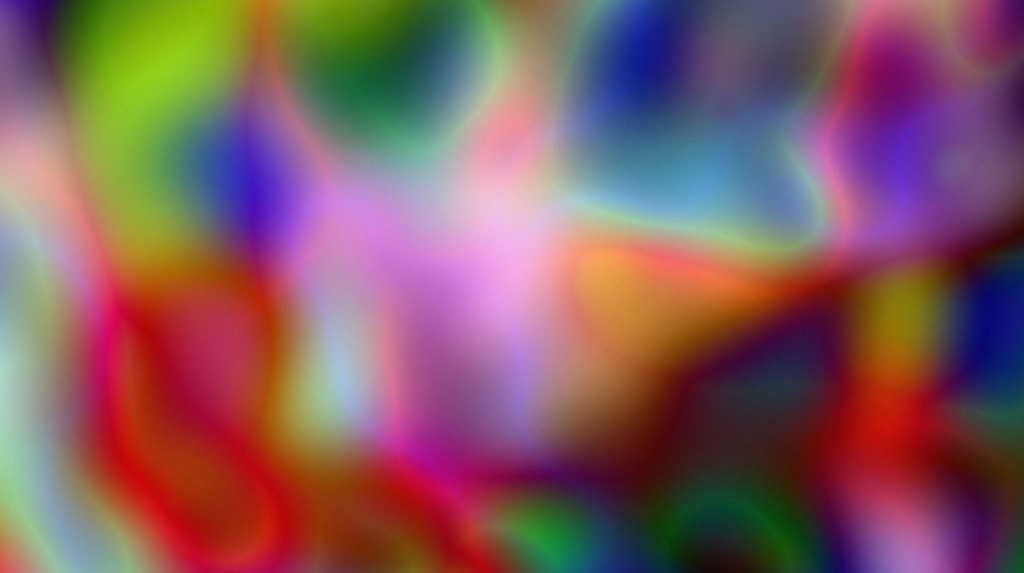
Thomas Ruff, Substrat 34 I (2007) Courtesy David Zwirner New York/London © Thomas Ruf
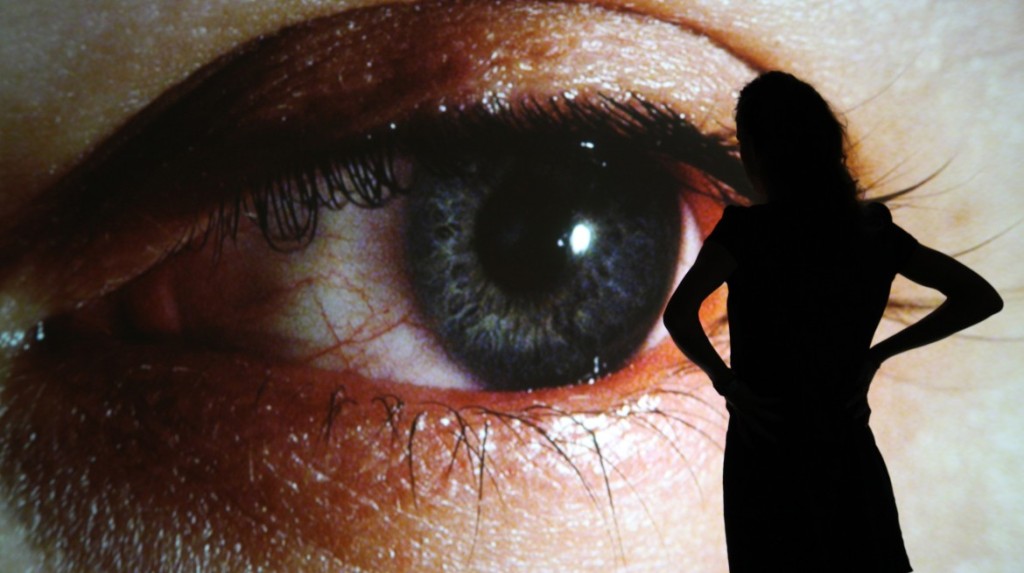
Rafael Lozano-Hemmer, Surface Tension (1992) Courtesy the artist and Carroll/Fletcher, London. Installation photograph by Maxime Dufour © Rafael Lozano-Hemmer
